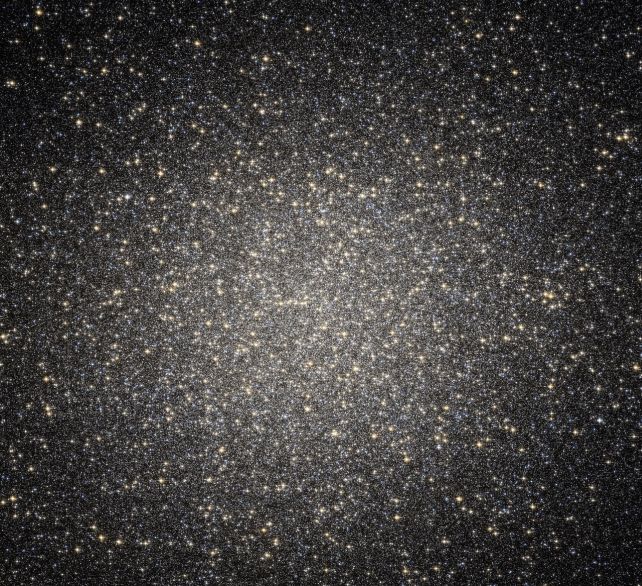Over the past few months, NASA has been using its Psyche spacecraft to experiment with a new communication system. Psyche’s primary objective is to explore an asteroid called 16 Psyche, but during its journey, it has been transmitting laser messages back to Earth. This communication method, known as Deep Space Optical Communications (DSOC), uses a near-infrared laser to relay messages. In November, NASA successfully detected the laser signal from 16 million kilometers (10 million miles) away using the Hale telescope, making it the first successful test of DSOC. Among the messages sent, there was even a cat video included.
DSOC offers advantages over radio waves, such as better bandwidth speed, allowing for faster data transmission. However, it also poses challenges in terms of aligning systems and establishing facilities capable of receiving the messages. Researchers believe that a combination of radio and laser communications could offer the best of both worlds. Recent tests have demonstrated that radio antennas can be retrofitted to accommodate both types of communication.
During a recent test, data was downlinked from a distance of 32 million kilometers (20 million miles), which is twice as far as the previous test. On January 1, a picture of the Psyche team was downloaded at a rate of 15.63 megabits per second, which is 40 times faster than radio frequency transmission.
The hybrid antenna, which features seven hexagonal mirrors, was successfully retrofitted onto Deep Space Station 13’s existing radio antenna at NASA’s Goldstone complex in California. A high-exposure camera was attached to the center of the dish to receive data from Psyche. The system is built on a flexible structure and uses a series of mirrors, sensors, and cameras to actively align and guide laser signals from deep space into a fiber reaching the detector.
According to NASA’s Deep Space Network deputy manager, Amy Smith, this system has successfully achieved synchronous radio and optical frequency deep space communications for the first time. The next step will be to continue testing the proof of concept, with the aim being to maintain tracking capabilities even when Psyche is at a distance 2.5 times that of Earth from the Sun. If successful, this would enable more data-intensive transmission from Mars.
The current seven-mirror system serves as a preliminary model for a potential 64-mirror system, which would provide increased power and precision. These mirrors can be added to existing antennas in the Deep Space Network without requiring the construction of new facilities. This approach could potentially streamline communication efforts and optimize resources.














